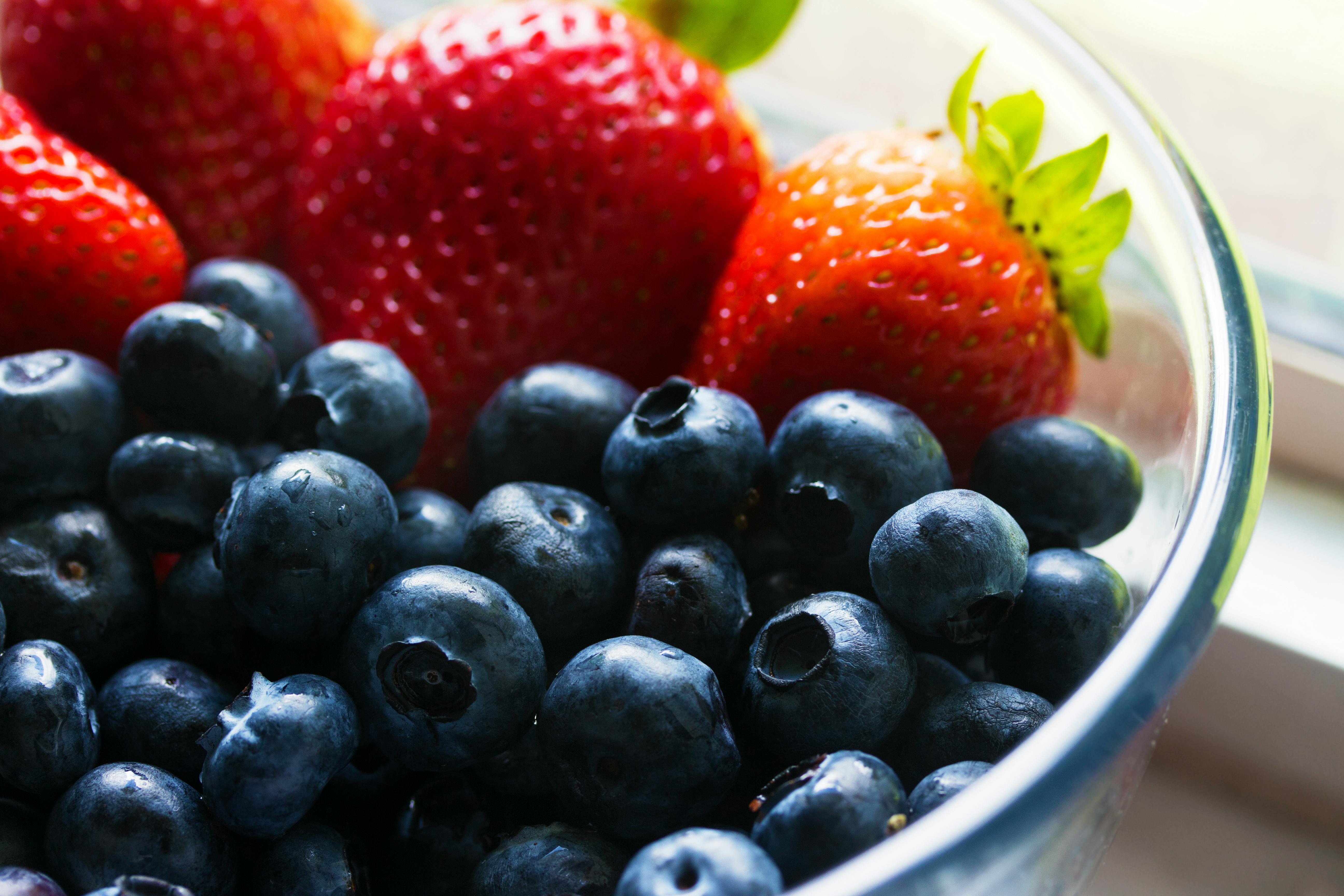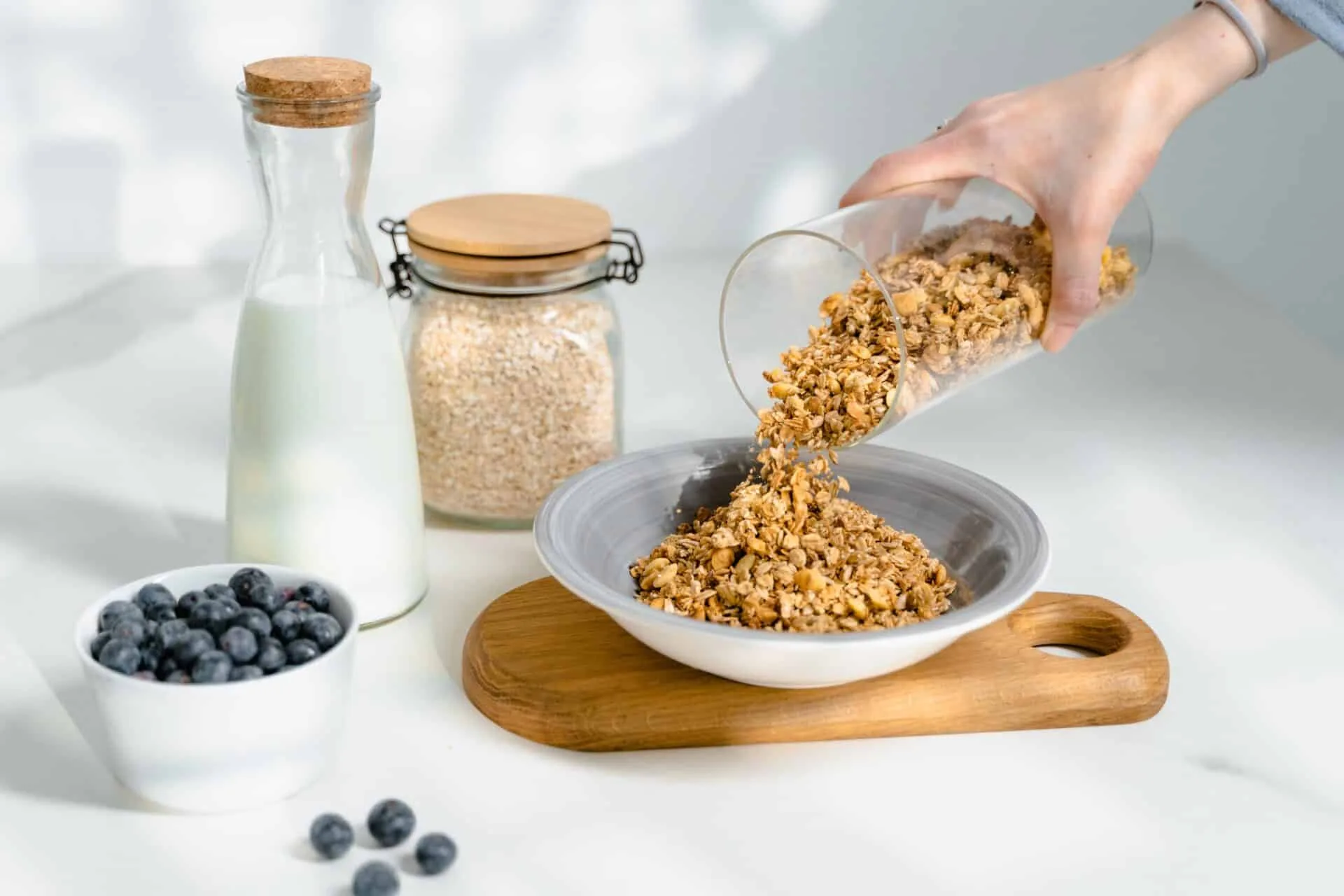Drying blueberries is a great way to extend their shelf-life and make them a convenient snack for the whole family. Dehydrating blueberries is an easy and efficient way to dry them. Using a dehydrator you can easily dry large quantities of blueberries quickly and without having to worry about spoilage or wasting energy. In this guide, we’ll explain the steps involved in using a dehydrator to dry blueberries, as well as provide tips on how to store them properly once they have been dried.A dehydrator is a kitchen appliance used to reduce the moisture content in food. It works by circulating hot air around the food, which causes the water to evaporate. This process locks in the flavor of the food while preserving it for longer periods of time. Dehydrators also often come with temperature settings that allow you to customize the drying speed and quality of your food. The majority of dehydrators are equipped with trays that can be stacked, allowing you to dry multiple batches at once.
Gathering Supplies
Before drying blueberries, you will need some supplies. You’ll need an oven or dehydrator, parchment paper, a baking sheet, and a cooling rack. You’ll also need to make sure you have enough of the blueberries to be dried. Once you have all the supplies gathered, you’re ready to begin.
Washing and Sorting
Once you have all the supplies gathered, it’s time to wash and sort the blueberries. Make sure they are completely dry before moving on to the next step. After they are dry, sort out any blueberries that are damaged or overly ripe. This will help ensure that your dried blueberries turn out perfect in the end.
Preparing The Blueberries
Once your blueberries are washed and sorted, it’s time to prepare them for drying. Start by lightly coating them in a bit of sugar or lemon juice if desired. This will help draw out moisture from the blueberries during dehydration and give them a sweet taste when finished.
Drying The Blueberries
Now comes the fun part – drying your blueberries! Place your parchment paper onto your baking sheet and lightly spread out the prepared berries onto it in a single layer. Bake in an oven at 150-160 degrees Fahrenheit or use a dehydrator following manufacturer instructions until berries are completely dried out – usually 8-10 hours for ovens or 4-6 hours for dehydrators. Once done, let cool before transferring to an airtight container for storage.
What Temperature Should You Set the Dehydrator?
When using a dehydrator, it is important to set the temperature correctly in order to achieve the desired results. The temperature setting will vary depending on what type of food is being dehydrated and the desired outcome. Generally, most foods are dried at temperatures ranging from 95°F to 165°F. Foods that are more delicate should be dried at lower temperatures while tougher foods can be dried at higher temperatures. It is also important to remember that higher temperatures will result in quicker drying times. If you are unsure of what temperature to set your dehydrator, it is best to consult the manufacturer’s instructions or look up recipes for dehydrating specific types of food.
When drying fruits or vegetables, most recipes recommend drying them at between 125°F and 135°F for approximately 8-10 hours. This low-temperature setting ensures that enzymes and other beneficial nutrients remain intact while still achieving a good level of dehydration. Herbs and spices should also be dried at a low temperature (around 95°F) for several hours in order to preserve their flavor and aroma. For meat products such as jerky, it is recommended that you set your dehydrator to 165°F and leave it for 6-8 hours until fully dry.
It is important to remember that different types of food require different temperatures when drying in a dehydrator, so make sure you know what temperature you need before starting the dehydration process!

Choosing the Right Settings for Drying Blueberries in a Dehydrator
When drying blueberries in a dehydrator, the settings you choose will depend on several factors such as the texture and moisture content of the berries. The ideal temperature for drying blueberries is around 135-145 degrees Fahrenheit, and it is best to start at a lower temperature and gradually increase the heat until the desired result is achieved. The drying time will also vary depending on how much moisture is in the berries, with most batches taking between 8-12 hours. For optimal results, it is best to check your fruit periodically and adjust the temperature as needed to ensure that all of the moisture is removed without burning or turning them into leathery strips.
When dehydrating blueberries, you should also be mindful of any additional ingredients you may be adding to enhance their flavor or texture. If you are using sweeteners such as honey or maple syrup, it may be beneficial to add them during the later stages of dehydrating so that they do not burn off in the process. Additionally, if you are looking for a crunchier texture, adding a bit of oil can help achieve this result. As always, it’s important to experiment with different settings and ingredients until you find what works best for your particular batch of blueberries!
How to Check If the Blueberries Are Ready for Storage
Checking if your blueberries are ready for storage is an important step in keeping your crop fresh and delicious. Properly stored blueberries can last up to two weeks in the refrigerator. To ensure that your blueberries are ripe and ready for storage, there are a few simple methods you can use.
The first method is to check the color of the blueberries. Ripe blueberries will be deep blue-purple in color and will have a glossy sheen. If your blueberries are still green or white, they are not yet ripe and should be left on the bush for a few more days before being picked and stored.
Another method to determine if your blueberries are ripe is to taste them. Ripe berries will be sweet and have a juicy texture when bitten into. Unripe berries may taste sour or bitter, so if you find yourself making a face after tasting one, it’s best to leave them on the bush until they ripen adequately.
Finally, another way to check if your blueberries are ready for storage is by gently squeezing each berry between your fingers. Ripe berries should give slightly when squeezed but should not burst open or break apart easily under pressure. If any of the berries burst open during this test, they are likely overripe and should not be stored for later consumption as they may spoil quickly.
By following these simple steps, you can easily determine whether or not your blueberries are ripe enough for storage so that you can enjoy them at their freshest!
What To Do With the Dried Blueberries
Dried blueberries are a tasty and versatile snack that can be enjoyed in a variety of ways. Whether you’re looking for a healthy snack alternative, or a unique addition to your favorite recipes, dried blueberries are a great choice. They are packed with antioxidants and nutrients, making them an excellent way to add more nutrition to your diet. Here are some ideas on what to do with dried blueberries:
Add them to your favorite trail mix for an extra burst of sweetness and flavor. You can also use them as a topping for yogurt or oatmeal for a nutritious breakfast. Dried blueberries are also great in baked goods like muffins, cookies, and cakes as they provide texture and flavor. You can also sprinkle them over salads or enjoy them as is right out of the package.
For something more savory, try adding dried blueberries to marinades or sauces. You can also use them in savory dishes like stuffing, rice dishes, or stews for added sweetness and color. If you’re looking for something even sweeter, try using dried blueberries in desserts like pies, cobblers, crumbles, and tarts.
No matter how you choose to use them, dried blueberries are sure to add flavor and nutrition to your meals. With so many options available for what to do with dried blueberries, it’s no wonder they’ve become such a popular snack!

Conclusion
Drying blueberries in a dehydrator is an easy and efficient way to make blueberries last longer. It is a great way to store blueberries for later use, as they will keep for months. Furthermore, the process can be completed in just a few hours, depending on your desired level of dryness. For best results, use fresh and ripe blueberries that have been washed and patted dry. Then set the dehydrator to the appropriate temperature and time settings. After that, all you need to do is let the dehydrator do its job!
When it comes to drying blueberries in a dehydrator, there are plenty of options available for all levels of experience. With careful preparation and proper technique, it is possible to achieve delicious dried blueberries with great flavor and texture every time. So go ahead and give it a try!



